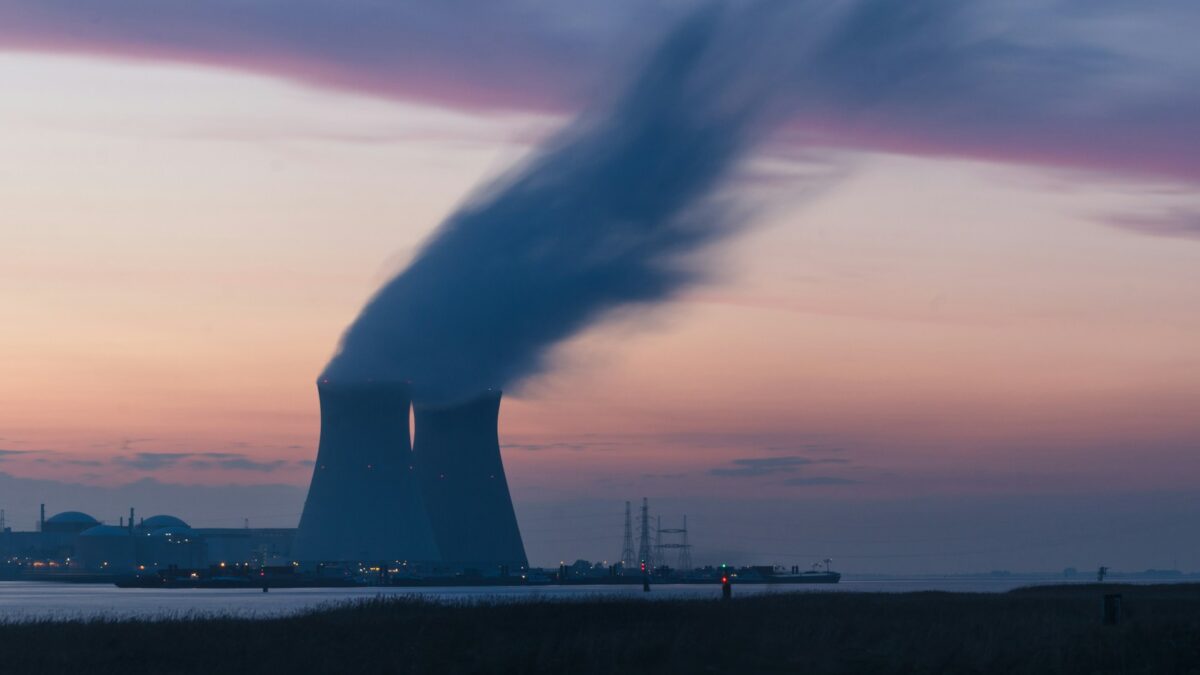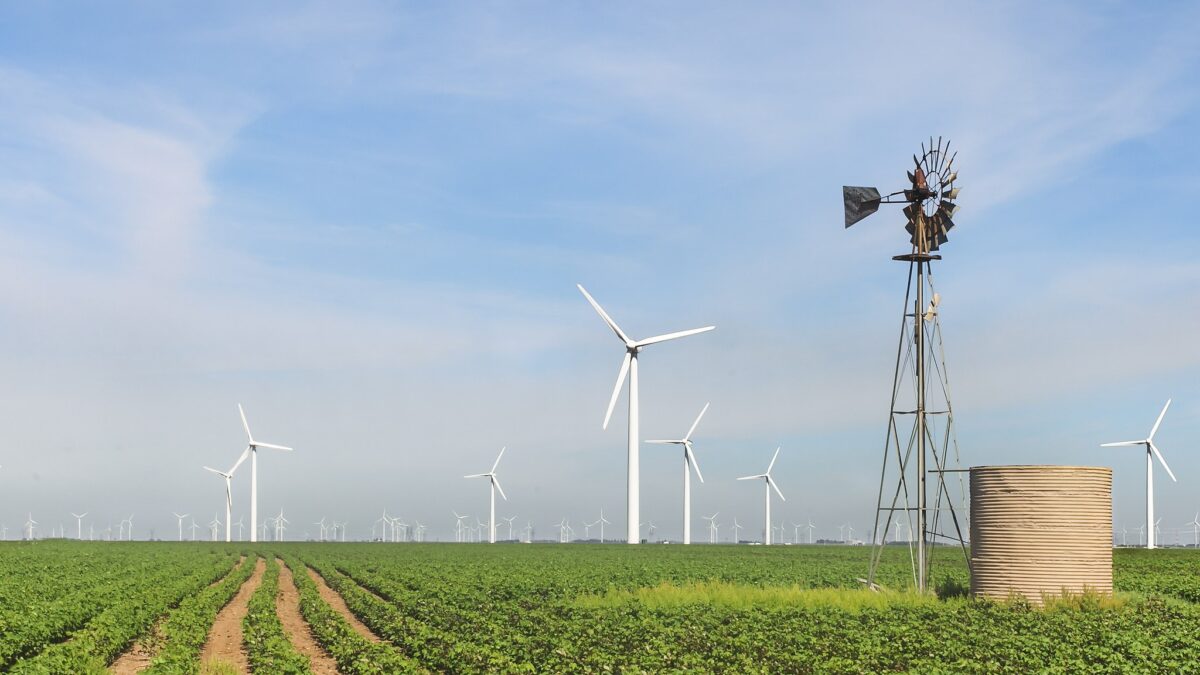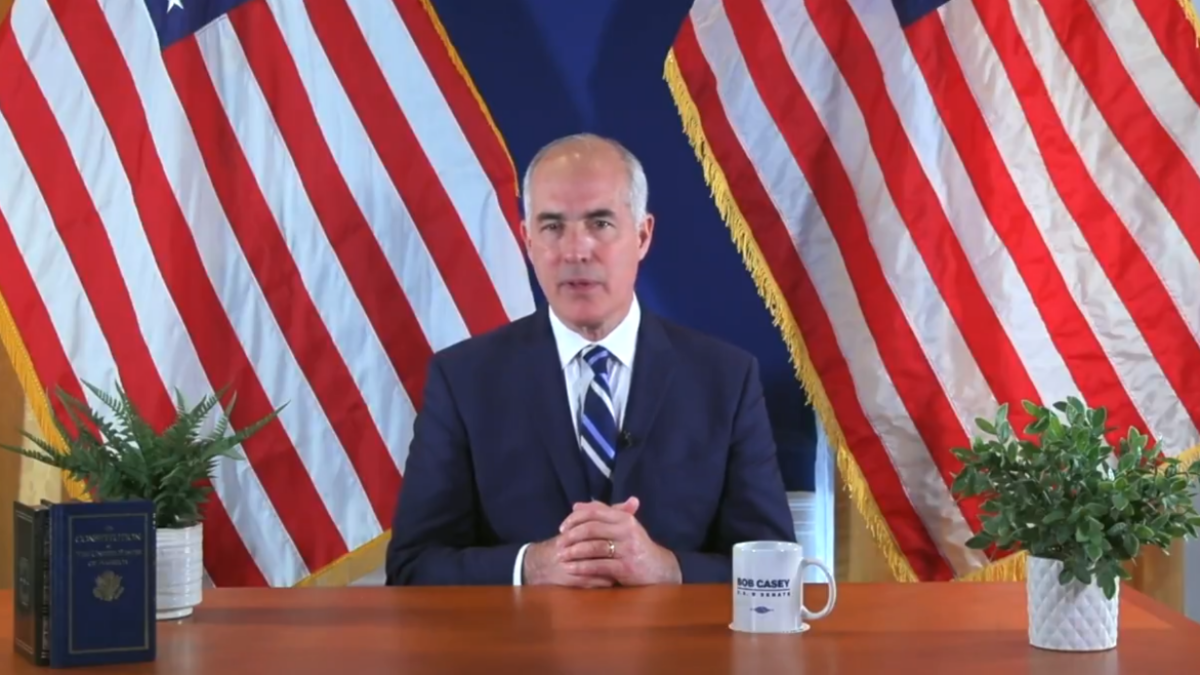
The German center-left won a tight election on Sept. 26, with the top three parties campaigning on climate change and post-pandemic economic recovery. After almost 200 people died in Germany due to flooding over the summer — blamed on climate change — the issue had greater urgency than in the past.
Climate change is the cry that absolves both the elected and their electors of all sin. California wildfires sparked by poorly maintained high-power lines and fueled by decades of forest mismanagement? Climate change! Increased crime after defunding the police? Climate change! Deadly floods in Germany after building in floodplains, paving over the landscape, and then refusing to act on weather forecast warnings? Climate change!
Ich wüsste zu gerne was #Geologen in diesem Bild sehen! Als Laie würde ich behaupten, man hat in einem Flussbett bzw. in einem alten Überschwemmungsgebiet, gebaut. pic.twitter.com/NxL0QwfWWZ
— Stefan S. ☮️ (@StefanSkibbe) July 15, 2021
“Climate change” is the perfect incantation. If its power over logic and reason was discovered in 1543, we could have avoided both the Scientific and Industrial Revolutions as well as the Enlightenment.
But it’s not as if Germany has ignored the climate issue. In 2010, retiring Chancellor Angela Merkel’s government passed its Energiewende legislation. Literally translated as the “energy turnaround,” Energiewende is an ongoing transition to a low-carbon, nuclear-free energy sector. But the wind doesn’t always blow and the sun doesn’t always shine in Germany, where its southern border with Austria is about as far north as Maine’s northern reaches.
Now, wholesale electricity prices have passed 100 euros ($118) per megawatt-hour for the first time, doubling prices over the prior two years. Germany is scheduled to decommission three nuclear power plants, which generate about 6 percent of its electricity, by year’s end. The last three plants will go offline at the end of 2022. Loss of this reliable nuclear baseload will require the burning of more natural gas, much of it from Russia, and even coal to keep the grid energized — at a premium, as Germany imposes steep fossil fuel carbon taxes.
If these wholesale prices are sustained into the winter when wind and solar drop off, then the average German residential consumer could get hit with a 40 percent increase in her winter electric bills, as well as big increases in natural gas prices for home heating (some seven-eighths of German homes are heated with gas –55 percent, oil–26 percent or coal–4 percent). Tight natural gas supplies have already caused some German households to see an 11.5 percent increase in their residential gas bills on top of one of Europe’s highest electricity costs.
While Germany is a wealthy nation, a 2017 study estimated that 6.2 percent of Germans struggle to pay their energy bills. Energy poverty mostly affects elderly people living on fixed incomes. For these people, Germany’s aggressive Energiewende policies may serve as a winter death sentence. A 2018 study by a government agency in the U.K. estimated that excess winter mortality was highest in females and people aged 85 and up, and 34.7 percent of all excess winter deaths were caused by respiratory diseases.
Last winter, a couple of weeks prior to the cold front that hit Texas with record low temperatures and an ice storm, Germany faced a similar challenge for similar reasons — a collapse of wind power that stilled the nation’s 30,000 wind turbines. Coal came to the rescue, with much of the power coming from plants that were expected to be mothballed. Germany was again hit with blackouts on Aug. 14 when, with little warning, grid operators had to shut down energy-intensive aluminum and copper smelters, as coal power plants were running flat out and insufficient electricity was available to import.
To underwrite its important manufacturing sector, Germany reduces electricity costs for its industrial sector while charging residential users more.
The upshot of Germany’s energy policies is that residential consumers will likely be paying about 42.5 cents per kilowatt-hour this winter, compared to the California average in June of 23.11 cents/kWh and Texas at 12.04 cents/kWh. For Americans who use a lot of electricity to cool their homes (not a widespread issue in temperate Germany) German-like electricity rates would easily mean an additional $1,000 to $2,000 in cooling costs a year.
Eventually, Germany’s Energiewende will boost energy costs so high that Germany will cease being a manufacturing powerhouse more thoroughly than envisioned by the Morgenthau Plan.
Soon, voters may see the futility in this approach, as any gains made by a decarbonizing Germany, or the West in general, will be completely overwhelmed many times over by billions of people climbing out of poverty in China, India, and Africa. But what if facts changed at the temperature end of the equation?
How Does the Sun Affect Climate Change?
Germany’s increasingly draconian energy policies have been largely driven by the fear of human-caused climate change, although Germany’s antinuclear push has older origins in the Cold War and Soviet support of the German environmental left.
Germany is hardly alone, though, with most Western nations, the Biden administration, and many states also pursuing policies that make energy more costly, while also demanding changes in a myriad of adjacent policies affecting housing, industry, and modes of transportation. But what if the Earth stopped warming?
Paleoclimatologists agree that the planet has been warming since the last glacial period ended about 11,550 years ago, with the start of the Holocene geological epoch. Over millions of years, the Earth has warmed and cooled due to a wide range of factors: orbital changes, solar variability, volcanic activity, cosmic impacts, etc.
What if we are experiencing the start of a cooling trend due to solar activity?
The National Oceanic and Atmospheric Administration calculates Global Surface Temperature Anomalies via thousands of readings around the world, both on the surface and at sea as well as using historical data. These suggest that the Earth’s atmosphere hit a peak in 2016 and has declined since. If the current trend holds, it will take ten years to return to the temperatures of 40 years ago.

What if temperatures do decline? So what? Would officials so heavily invested in the warming narrative change their minds — and policies? Would energy taxes and restrictions be lifted? Would politicians admit they were wrong? Would scientists revise their thinking? Would bureaucrats yield their newly amassed power? Would the “consensus” change?
If those who now demand massive changes to our lifestyles (usually not theirs) and economy for the purpose of reducing global greenhouse gas emissions didn’t reverse course after 10 years, what about 20? Ever? Not likely.
Short of massive electoral repudiation, the fact is that few, if any, of the present-day promotors of austerity in the West would ever retreat from their increasingly oppressive demands to control and remake our lives. That, by itself, should be sufficient to inform people that these policies have little to do with the climate and everything to do with raw political power.









